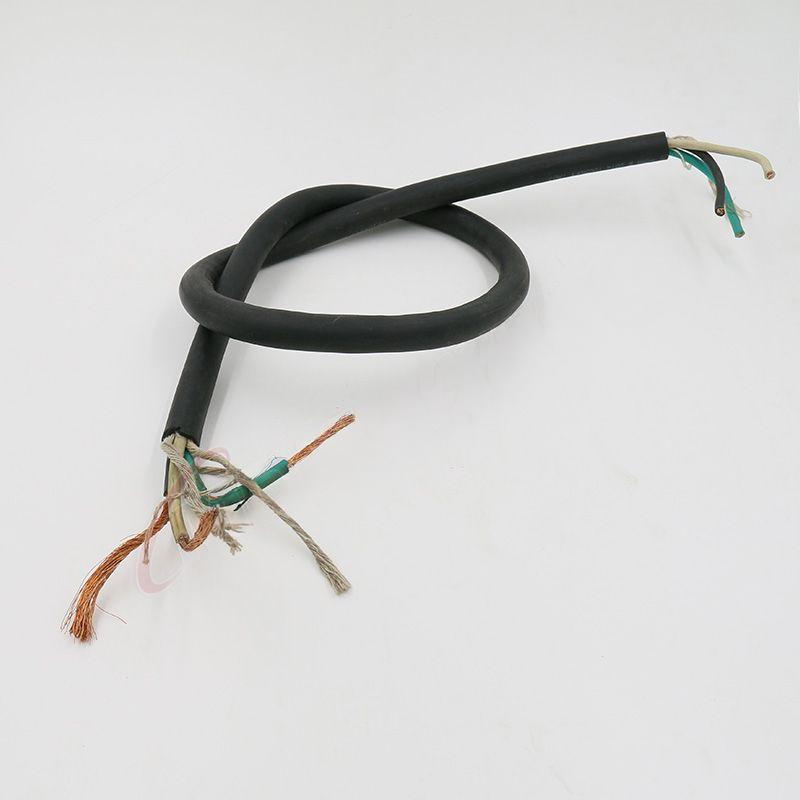Lis . 05, 2024 23:09 Back to list
Understanding the Functionality and Benefits of Rubber Expansion Joints in Engineering Systems
Understanding Rubber Expansion Joints Essential Components for Flexible Connections
Rubber expansion joints, also known as flexible connectors or flexible rubber joints, are crucial components in a wide range of mechanical and piping systems. They are designed to absorb vibration, compensate for thermal expansion, and allow for misalignment in piping systems. This article delves into the essential functions, benefits, applications, and maintenance of rubber expansion joints.
What Are Rubber Expansion Joints?
Rubber expansion joints are typically made from elastomeric materials that allow them to flex and deform under various stresses. They consist of a rubber bellows, which is the flexible portion, and typically feature flanges or fittings on either side for easy installation within existing pipelines. The materials used in their construction can vary, including natural rubber, neoprene, EPDM, and other synthetic rubber blends, depending on the application and environmental conditions they will face.
Functions of Rubber Expansion Joints
1. Vibration Absorption In any piping system, machinery can cause vibrations that may lead to wear and tear over time. Rubber expansion joints effectively dampen these vibrations, protecting both the pipes and associated equipment from potential damage.
2. Thermal Expansion Compensation Pipes expand and contract due to temperature changes. Rubber expansion joints accommodate these movements, preventing excessive stress on the joint connections, which can lead to leaks or pipe ruptures.
3. Misalignment Accommodation Piping systems are rarely perfectly aligned. Rubber expansion joints can absorb some degree of misalignment, thus ensuring the integrity and longevity of the system.
4. Noise Reduction In addition to mechanical function, rubber expansion joints help in reducing noise generated by vibrations and flow turbulence in piping systems.
Benefits of Using Rubber Expansion Joints
rubber expansion joint

2. Cost-Effective Compared to other types of flexible connectors, rubber expansion joints offer a more economical option for solving alignment or thermal expansion issues.
3. Ease of Installation Many rubber expansion joints are designed for quick and straightforward installation, requiring minimal maintenance without specialized tools or training.
4. Durability Depending on the material used, rubber expansion joints can withstand a wide range of temperatures and pressures, as well as resistant to many chemicals. This durability makes them popular in demanding environments.
Applications of Rubber Expansion Joints
Rubber expansion joints are commonly found in numerous applications
- Industrial Plants They are essential in industrial piping systems for transporting steam, water, and various chemicals. - HVAC Systems Flexible connectors help to manage the dynamics of airflow in heating and cooling systems. - Water and Wastewater Treatment These joints facilitate the safe and efficient movement of fluids while accommodating any expansion needed due to temperature fluctuations.
Maintenance of Rubber Expansion Joints
Regular maintenance is vital for the longevity of rubber expansion joints. Users should routinely inspect the joints for signs of wear, cracking, or degradation due to environmental factors. Proper alignment must also be maintained, as excessive misalignment can lead to premature failure. When replacing an expansion joint, it is crucial to select a replacement that matches the specifications of the original joint to ensure optimal performance.
Conclusion
Rubber expansion joints play a pivotal role in ensuring the efficiency and reliability of various piping systems. Their ability to absorb vibrations, manage thermal expansion, and accommodate misalignment makes them an indispensable component in many industrial applications. As technology evolves and industries demand higher efficiency, the continued development and implementation of rubber expansion joints will be essential for modern engineering solutions. Whether for new installations or maintenance of existing systems, understanding the significance of these flexible connectors will contribute to safer, more effective operational practices.
Share
-
Reliable Wafer Type Butterfly Valves for Every IndustryNewsJul.25,2025
-
Reliable Flow Control Begins with the Right Ball Check ValveNewsJul.25,2025
-
Precision Flow Control Starts with Quality ValvesNewsJul.25,2025
-
Industrial Flow Control ReliabilityNewsJul.25,2025
-
Engineered for Efficiency Gate Valves That Power Industrial PerformanceNewsJul.25,2025
-
Empowering Infrastructure Through Quality ManufacturingNewsJul.25,2025